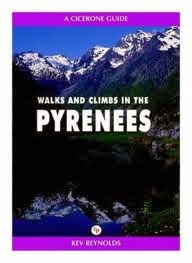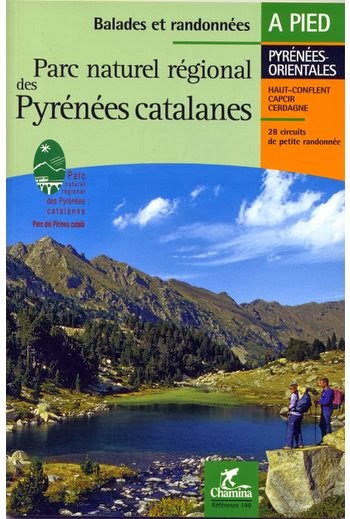Wilderness Matters! Here is my top 10 of wilderness films. Films that show the beauty of wild places - whether mountains , desert or the ocean but also encourage reflection on what they have to offer humankind and why they should be protected.
1. Sweetgrass.
Year: 2009. Director: Lucien Castaing-Taylor.
This film follows a group of shepherds/modern day cowboys driving a herd of sheep 300 km to summer pastures in the Beartooth Mountains of Montanna for the last time. The area is beautiful but harsh and the flock must be protected from a variety of natural dangers (storms, wolves and bears). Put together from material shot over 3 summers, the film has no narration and no soundtrack.
http://sweetgrassthemovie.com/
2. Into The Wild
Year: 2007. Director: Sean Penn.
Based on the life of Chris MacCandless. MacCandless grew up in a wealthy family and was gifted intellectually
and athletically. He graduated from Emory University with Honours in
1990 and had plans to attend Harvard Law School. Soon afterwards
however, he gave 24,000 dollars that he had saved to Oxfam and went
‘walkabout’, severing all contact with his family and friends, creating a
new life for himself tramping around the US. In April 1992 he
hitchhiked to Alaska and walked alone into the wild. Five months later
his decomposed body was found by a hunter. A lost man in a lost world searching for answers.
3. Grizzly Man
Year: 2005. Director: Werner Herzog.
A documentary about grizzly bear activists Timothy Treadwell and Amie Huguenard. They were both
killed in October of 2003 by a grizzly bear. Timothy had lived among the grizzlies in Alaska for 13 summers.
" Behind me is Ed and Rowdy,
members of an up-and-coming sub-adult gang. They're challenging
everything, including me. Goes with the territory. If I show weakness,
if I retreat, I may be hurt, I may be killed."
http://www.grizzlyman.com/timothy-treadwell/
4. The Last Trapper
Year: 2004. Director: Nicolas Vanier.
The film is set in the Yukon in Alaska and is based on the life of a real fur trapper called Norman Winter who plays himself. Winter, 50, is a modern-day Jeremiah Johnson living off what he hunts and fishes, making most of what he needs with his own two hands, including his log cabin. Not a true documentary - the scenes acted out are based on events in Winter's own life.
5. Alone in the Wilderness.
Year: 2003. Director: Bob
Swerer.
This is the first in a series of films that shows how Dick
Proenneke lived his dream of being self sufficient in the Alaska Wilderness.
"Thousands have
had such dreams, but Dick Proenneke
lived them. He found a place, built a cabin, and stayed to become part
of the country." Proenneke filmed his own adventures,
and Swerer later turned the footage into a film.
http://aloneinthewilderness.com/
6. Dances With Wolves
Year: 1990. Director: Kevin
Costner. An 'eco -western' directed and starring Kevin Costner.
The fictional story follows John Dunbar an officer in the US Cavalry who has the choice of
any posting he wants and chooses the 'Far West' frontier, because he
wants " to see it
before it's gone." Dunbar meets and becomes friends with a
Sioux tribe of Native North Americans. He discovers their culture and
the respect they have for the land.
7. The Big Blue
Year: 1988. Director: Luc Besson.
The fictional story follows the path of two 'free divers' who first meet as children. Both have a deep bond with the ocean.
8. Never Cry Wolf
Year: 1983. Director: Carroll Ballard.
This film dramatizes the true story of Farley Mowat, a government researcher sent to
the Canadian tundra area to collect data about how the
wolf population was allegedly harming the caribou herds. While studying the wolves and learning more about them and the harsh environment they live in, Mowat has his old beliefs and prejudices about wolves and the threat they pose challenged.
9. Jeremiah Johnson
Year: 1972. Director: Sydney Pollack.
A war weary veteran of the conflict in Mexico (1846-48), Jeremiah Johnson (played by Robert Redford)
seeks to escape from his existing life and find peace and refuge on the
frontier of the Western U.S. He becomes a mountain man supporting
himself in the Rocky Mountains as a trapper.
10. Walkabout
Year: 1971. Director: Nicolas Roeg.
Two upper class English children find themselves stranded in the 'alien' Australian outback. They survive with the help of an aboriginal/Native Australian boy on walkabout and finally manage to return to 'civilisation'.


























